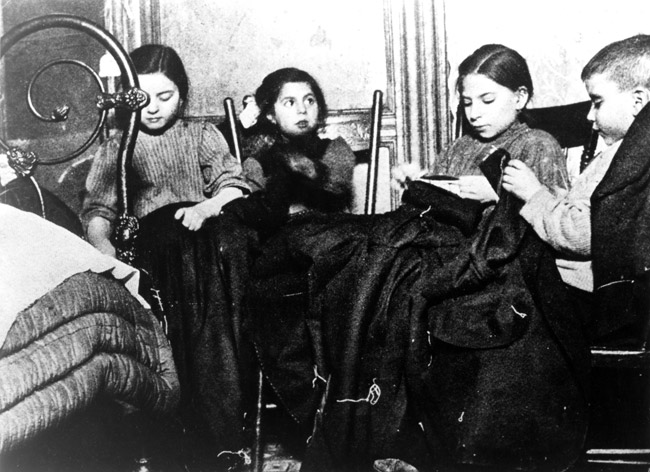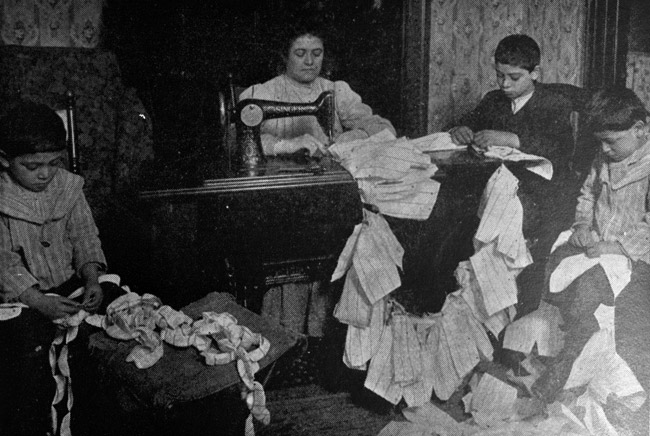CHILD LABOR
Home
Thesis
Historical Context
Fire
Labor Unions
Child Labor
Safety Reforms
Conclusion
Annotated Bibliography
Process Paper
In the early 1900s, over 2 million children were working in jobs such as mines, cotton mills, street trades, factories, and farms. Many at the Triangle factory were working as long as twelve and a half hours each day earning as little as six dollars a week. Most of the workers were immigrants. Families needed their children to work to help support their meager incomes. Photographer and child labor activist Lewis Hine said, "There is work that profits children, and there is work that brings profit only to employers. The object of employing children is not to train them, but to get high profits from their work."
Many people, like photographer Lewis Hine, who worked for the National Child Labor Committee tried to bring attention to the poor working conditions of child labor. For the most part, people turned away from this tragedy because the majority of underage workers were immigrants. As a result of the Triangle Shirtwaist Factory fire, the invisible barriers of child labor were broken by spotlighting the conditions that so many young children were required to work in.
Frances Perkins, the Secretary of Labor to President Franklin Roosevelt, was instrumental in getting the Fair Labor Standards Act passed through Congress. This act established a minimum wage and a maximum work week for all.
“[it] seared on my mind as well as my heart, a never-to-be-forgotten reminder of why I had to spend my life fighting conditions that could permit such a tragedy.” -Frances Perkins

Children working in unsafe conditions.
Photograph courtesy of Cornell University

Children working.
Photograph courtesy of Cornell University
The Fight to End Child Labor.
Video courtesy of the History Channel on YouTube.com